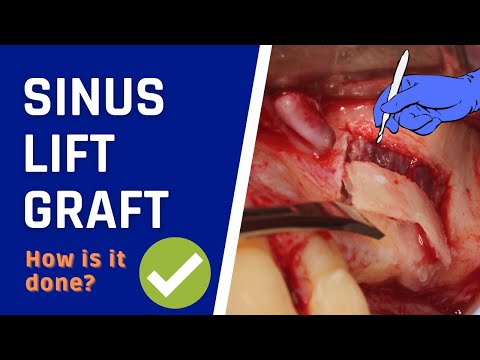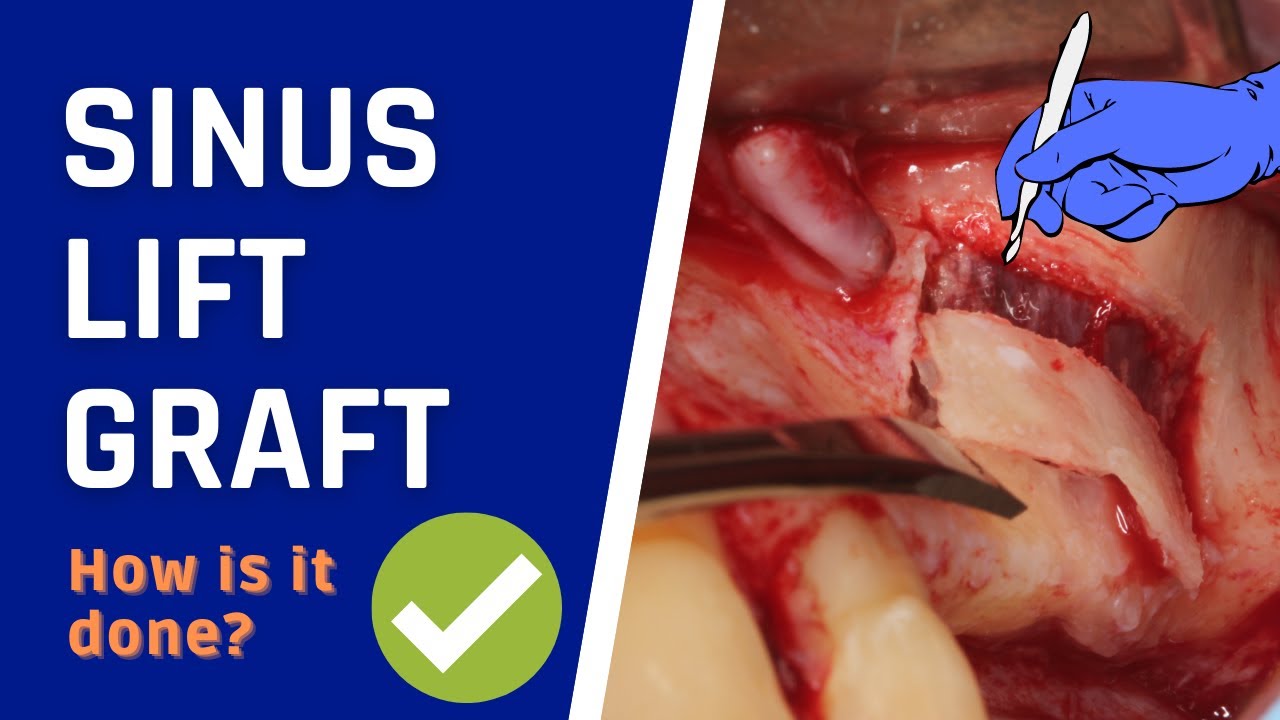Sinus lift is a remarkable dental procedure that can revolutionize your oral health and restore your smile to its former glory. This innovative technique allows skilled dental professionals to elevate your sinus membrane and create additional space in your upper jawbone, enabling successful dental implant placement. With the help of advanced technology and expertise, sinus lift can effectively address the issue of insufficient bone mass in the upper jaw, which may be caused by factors such as tooth loss, gum disease, or natural bone resorption. Imagine a world where you can confidently enjoy your favorite foods without any discomfort or worry. Through a sinus lift, dental experts can restore your ability to chew and speak with ease, ensuring that your quality of life is vastly improved. This minimally invasive procedure not only enhances your oral functionality but also enhances your facial aesthetics, as it stimulates natural bone growth and rejuvenates your facial structure. Say goodbye to the frustration of loose or ill-fitting dentures and say hello to a permanent solution that feels and functions just like your natural teeth. Thanks to sinus lift, you can regain a youthful and confident smile that will leave a lasting impression. So why wait? Consult with a dental professional today to explore the transformative benefits of sinus lift and take the first step towards a brighter dental future.

Understanding Sinus Lift
| What is Sinus Lift? | Why is it Performed? | Procedure |
|---|---|---|
| Sinus lift, also known as sinus augmentation or sinus elevation, is a surgical procedure performed in dentistry to increase the bone volume in the upper jaw, specifically in the area of the maxillary sinus. The maxillary sinus is an air-filled cavity located above the upper teeth and is in close proximity to the upper jawbone. | Sinus lift is typically performed when the patient lacks sufficient bone height in the posterior upper jaw, which can be due to tooth loss, periodontal disease, or natural anatomical variations. This procedure is necessary to create a solid foundation for dental implants, which require adequate bone support for successful placement and long-term stability. | The sinus lift procedure involves accessing the maxillary sinus through a small incision in the gum tissue. The sinus membrane is gently lifted, and a bone graft material, such as synthetic bone or the patient’s own bone from another area, is placed in the space created between the sinus floor and the upper jawbone. This bone graft helps stimulate new bone growth and eventually integrates with the patient’s existing bone, providing a strong base for dental implants. |
“Revolutionizing Sinus Lift Surgery: Streamlining Bone Graft for Enhanced Efficiency”
Understanding Sinus Lift: A Comprehensive Guide
Sinus lift, also known as sinus augmentation or sinus elevation, is a surgical procedure performed in dentistry to increase the amount of bone in the upper jaw, particularly in the area of the molars and premolars. This procedure is often necessary when there is insufficient bone height in the posterior maxilla due to factors such as tooth loss, gum disease, or natural anatomical variations.
The Purpose of Sinus Lift
Sinus lift is primarily performed to create a solid foundation for dental implants. When the bone in the upper jaw is inadequate, it can make it challenging to successfully place dental implants. With a sinus lift, additional bone material is added to the sinus floor, increasing its height and creating a supportive environment for implant placement.
Without a sinus lift, dental implants may fail due to insufficient bone density, leading to complications and the need for additional procedures.
The Sinus Lift Procedure
The sinus lift procedure is typically performed by an oral surgeon or a periodontist and involves the following steps:
1. Preoperative assessment:
Prior to the procedure, a thorough examination is conducted, which may include dental x-rays, CT scans, and a review of the patient’s medical history. This assessment helps the dentist determine the extent of bone deficiency and plan the surgery accordingly.
2. Incision and exposure:
An incision is made in the gum tissue to expose the underlying bone. This allows the dentist to access the sinus membrane.
3. Sinus floor elevation:
The sinus membrane is gently lifted, and a bone graft material is placed in the space created between the sinus membrane and the existing bone. The bone graft material can be sourced from the patient’s own body (autogenous graft), a donor (allograft), or synthetic materials (alloplastic graft).
4. Healing and integration:
After the bone graft material is placed, the incision is sutured, and the healing process begins. Over time, the bone graft integrates with the existing bone, creating a solid and stable foundation.
Types of Sinus Lift Techniques
There are two primary techniques used for sinus lift procedures:
1. Traditional sinus lift:
In this technique, an incision is made in the gum tissue, and a small window is created in the lateral wall of the sinus. The sinus membrane is then gently lifted, and the bone graft material is placed in the space created. This technique is suitable for cases with a significant bone deficiency.
2. Minimally invasive sinus lift:
Also known as a crestal sinus lift or osteotome sinus lift, this technique is less invasive compared to the traditional method. Instead of creating a window, a small hole is made in the bone, and specialized instruments are used to elevate the sinus membrane and place the bone graft material. This technique is suitable for cases with less severe bone deficiency.
Recovery and Aftercare
After a sinus lift procedure, proper care and maintenance are essential for a successful outcome. Here are some important considerations:
1. Rest and recovery:
It is important to allow sufficient time for healing. Activities that may disrupt the surgical site, such as vigorous exercise or smoking, should be avoided during the initial recovery period.
2. Medication and pain management:
Prescribed medications, such as painkillers or antibiotics, should be taken as directed by the dentist to manage any discomfort or prevent infection.
3. Oral hygiene:
Following the procedure, patients should maintain good oral hygiene practices, including gentle brushing and flossing. It is important to avoid applying excessive pressure to the surgical site.
4. Follow-up appointments:
Regular follow-up appointments with the dentist are crucial to monitor the healing progress and ensure the success of the procedure.
Potential Risks and Complications
As with any surgical procedure, there are potential risks and complications associated with sinus lift. These may include:
1. Infection:
Although rare, there is a risk of infection at the surgical site. Proper oral hygiene and adherence to post-operative care instructions can greatly reduce this risk.
2. Sinus complications:
In some cases, the sinus membrane may be perforated during the procedure. This can lead to sinusitis or other sinus-related complications. However, with an experienced surgeon, this risk is minimized.
3. Graft failure:
In rare instances, the bone graft material may fail to integrate with the existing bone, leading to implant failure. Proper post-operative care and following the dentist’s instructions can improve the success rate.
Conclusion
A sinus lift is a valuable procedure that allows individuals with insufficient bone in the upper jaw to undergo successful dental implant placement. By increasing bone height and creating a stable foundation, patients can regain their ability to chew, speak, and smile with confidence. If you’re considering dental implants and have insufficient bone, consult with an experienced dentist or oral surgeon to determine if a sinus lift is the right solution for you.

